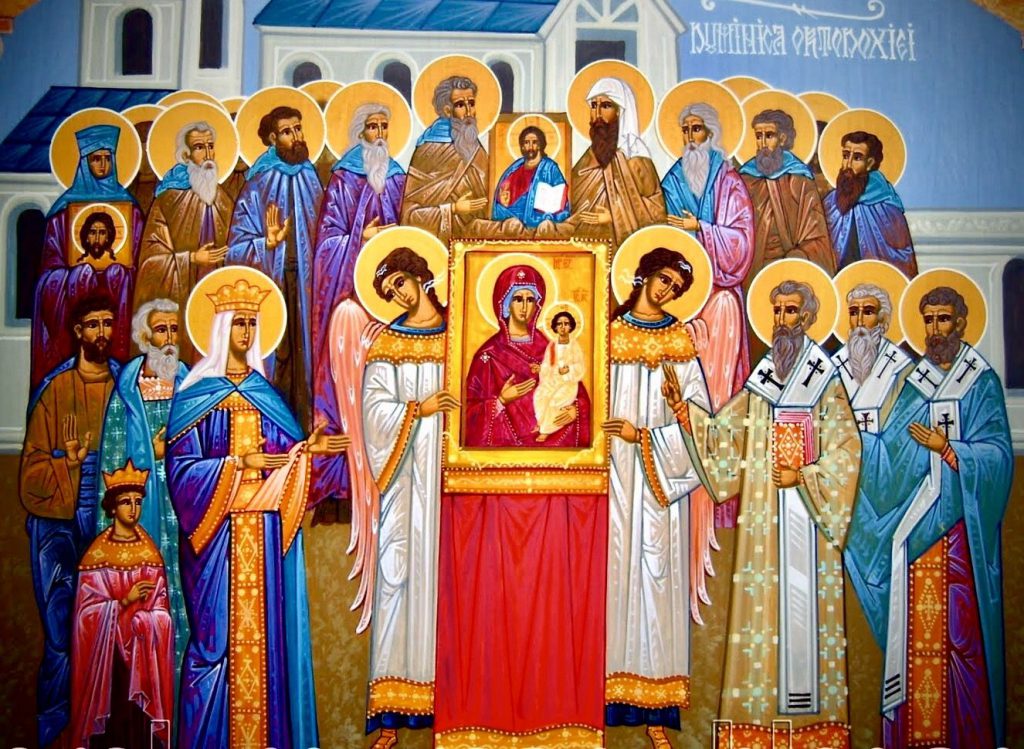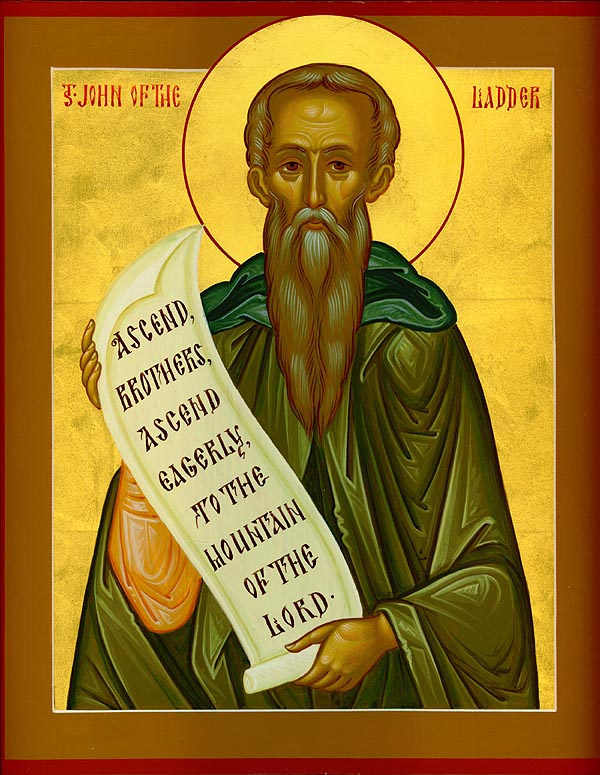Icons hold a special place in the hearts of Orthodox Christians. Like photographs of our loved ones on earth, icons serve as a visual reminder of our departed brothers and sister in Christ. They also play a key part in the liturgical life and worship of the Church, teaching us about Christ, His Passion, and His Saints who followed after Him. The world of Orthodox iconography is quite vivid and interesting! In this post, we share five things we bet you didn’t know about icons in the Orthodox Church.
5 minutes
1. Icons are windows into heaven
Many people simply believe icons are nice works of religious art. However, icons are essential to Eastern Orthodox Christian worship, theology, and devotion. They are not just decorations for the church’s walls. We consider them “windows into heaven” for the following reasons:
- Communion with the holy
Icons allow us to commune with the holy figures depicted within them (the prototype). Through veneration of the icons, we receive divine grace, which draws us closer to God. - Becoming part of the Body
Icons remind us that we are part of a community that extends beyond those we can physically see in the room with us. The Saints are part of the Body of Christ just as we are! - Pictorial Theology
Icons express the Gospel message in images, in the same way that Scripture does with words. It explains our theology to those who may not understand our language. - Inverse perspective
Iconographers use inverse perspective when writing icons, putting the vanishing point at the viewer’s heart. They do this to communicate that God is revealing Himself through his holy ones. - Heads are almost perfectly round
In icons, the heads of holy figures are almost perfectly round to convey that the viewer is seeing the total revelation of the person.
2. True iconographers do not sign their icons
The next time you admire a piece of art, you will most likely see the artist’s signature in one of the corners. However, this is not the case with Orthodox icons. There are no signatures or recognition given to the iconographer on the front of the icon. On the back, often for marketing and copyright purposes, the name of the iconographer and company will be displayed. But never on the front.

Why is this? Because the focus in Orthodox Christian iconography is on the divine image depicted rather than the individual artist. Since the icon is a window into heaven and not a personal expression like most other art, the artist’s ego becomes secondary to the sacred subject in the icon. Essentially, ego becomes completely irrelevant when one writes an icon.
3. Every color means something different
Every color used in Orthodox iconography carries a specific meaning.
| Gold | Reserved for Christ, symbolizes the divine nature and uncreated light of God |
| Blue | Symbolizes the kingdom of God (dark blue for the Mother of God, shows her heavenly nature) |
| Red | Signifies life on earth, symbolizes life-giving energy, love, passion, and Christ’s sacrifice. Symbol of the saving nature of the resurrection. |
| Green | Symbol of eternal hope, flowering, youth, and nature. Typically used to denote where life begins (ex. icons of the Nativity and the Annunciation). |
| White | Stands for divine light, purity, and holiness. White clothes typically indicate those who lived a good life obedient to the Lord. |
| Black | Symbol of death and evil, used to depict satanic beings, demons, and the abyss. Can also symbolize the renunciation of secular pleasures (as is the case with monks and nuns). |
| Purple | Color of royalty, shows the glory of Jesus Christ and the Theotokos. |
Related: A Guide To Liturgical Colors In The Orthodox Church
When iconographers use brighter versions of colors, they do so to depict happiness, joy, and the bliss of the Faith. This makes sense, when you consider that brighter colors incorporate the use of white. Similarly, when an iconographer uses darker colors in his/her writing, this serves to illustrate the struggles of the Faith, as well as ascetism and monasticism. This also makes perfect sense, when we take into account what black represents in Orthodox icons.
4. Iconographers never use the color gray
No matter how many Orthodox icons you inspect, you will not find a single one that uses gray in its depiction. Gray is a mixture of white and black, which are holiness and evil respectively. Gray itself, then, has become the symbol of vagueness and emptiness, since it is between righteousness and wickedness. There is no place for such a color in the radiant world we see depicted in the icons.
5. The long noses and high foreheads are intentional
You may have noticed that the persons depicted in Eastern Orthodox icons have rather unrealistic features. Their foreheads are often quite large, noses elongated, lips stout and closed. This is deliberate!

The physical features of the person depicted in the icon are symbolic of their spirituality. The high forehead conveys their spirituality and wisdom. Monks and holy people are often given deeper wrinkles to symbolize their knowledge. The elongated nose symbolizes the saint’s attunement to the incense of prayers rising to Heaven. Finally, the closed lips remind the viewer of the importance of silence and staying the tongue.
Conclusion
The world of Orthodox iconography is just as vast as the Faith itself. Every color has meaning, every physical characteristic depicts part of the revelation God has given to us. How amazing, for our Faith to be so deep that even in a lifetime of practicing it, we would not even skim the surface of these waters.
Are there other interesting facts about Orthodox iconography you think we should know? Share them in the comments below!
Keep Reading: A Guide To Orthodox Liturgical Vestments

One Response
In my own experience a small icon of St Ambrose of Optina, who I embraced as my personal saint, has given me important messages at times when I was misbehaving. I had blue tacked it to my bedroom wall, and one morning I was doing some stretches before I did my morning prayers when it “popped” off the wall of it’s own accord, coming face down on the carpet below, about 8 or so inches from the wall. There had been no earthquake or wind!! I felt I was being told to go straight into my prayers, bypassing any exercises, out of respect for God.